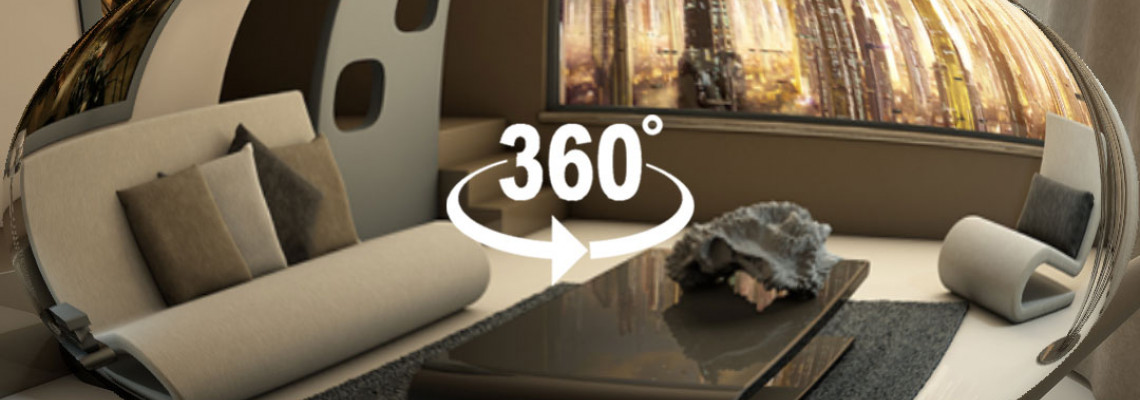
Online 360 degree virtual tours are the perfect medium to showcase, share and view projects in the fields of architecture, real estate, events, locations and interior design.
While traditional still photos and videos have their uses, they also have their limitations. Still photo and video techniques focus on isolated elements and only capture a small portion of a scene. However, 360 degree images capture the entire 360 degree view and place the product in the context of its surroundings. 360 degree images also create an engaging, highly effective and immersive “virtual reality” experience that is guaranteed to increase your visitor count, interest and revenue.
If that’s not enough, here are a few more reasons why you should consider investing in 360 degree photography…
Increase visitor interest and traffic by showcasing your property on your website. According to marketing experts, 360-degree photography and virtual tours are the most successful way to promote your location to a global online audience. They are “sticky immersive media,” meaning they grab the viewer’s attention and they stay longer on your web page. Increased engagement on your website means more interest, more visitors, and ultimately more bookings.
Promoting your locations to lucrative film and TV production companies. Paying for TV placements and filming can bring in huge sums of money for individual properties. Media companies are always looking for new and exciting locations for their latest films and TV shows. 360-degree photography generates interest and allows these companies to see the potential of your property without even visiting it. Increasing awareness of your property should be good news.
Creating a detailed, ultra-high-resolution insurance inventory and record of your property. Rod Edwards is an industry leader in ultra-high-resolution 360-degree photography. Its images are 288 megapixels and 24k, not just 4k or 8k like most other virtual tour providers. This allows for a huge amount of detail and zoom, which is perfect for keeping insurance companies happy. It also captures your valuables in their natural habitat without having to photograph them all individually.
Showcase hard to reach or sensitive locations with accessibility and disability issues. 360 virtual photography is almost as good as being there in person. However, not everyone can always see all the locations as they may be sensitive or the visitor may be physically limited. 360 virtual photography can easily solve this problem online, and they can even be produced for display on large interactive screens in the main office, or they can be viewed locally on iPads and tablets.
Market your locations on your Facebook page, with plenty of social media platforms to follow. Nowadays, social media is an integral part of any online advertising strategy, so its high influence and customer reach should not be overlooked or underestimated. Two years ago, Facebook started supporting 360-degree photography, so now uploading 360-degree jpg photos to your Facebook page is no more difficult than uploading traditional still jpgs. The novelty of high-quality 360-degree interactive photos always generates significant excitement, interest, discussions and comments from viewers.
Create attractive 360-degree jpg photos. They can be used for marketing, direct mail, wall display and library use. As attractive 360-degree media becomes more popular, it is cost-effective to take advantage of this new technology.
Future use in 360-degree virtual reality (VR) projects. 360-degree photography captures the entire scope of a location. These media can be incorporated into high-quality interactive virtual realities - both locally and globally. This technology is snowballing and will continue to do so in the future. Rod Edwards’ industry-leading 360-degree photography is ideal for future VR projects, and his 360-degree tours can optionally include real-world location audio for a more immersive experience. To learn more, visit the Virtual Reality page.
To learn more about 360-degree virtual tours and see some working examples, visit the 360-degree virtual tours page.

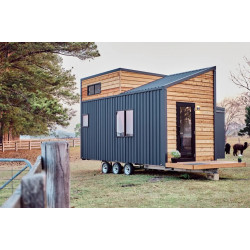
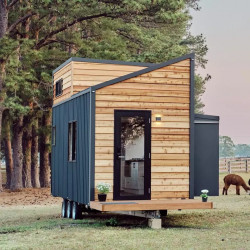
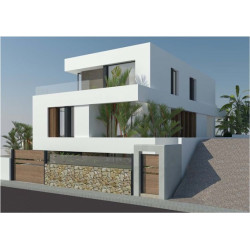
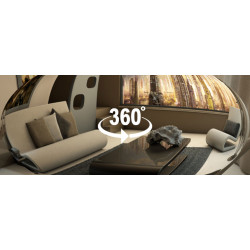
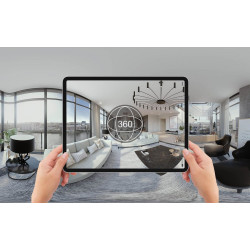
Leave a Comment